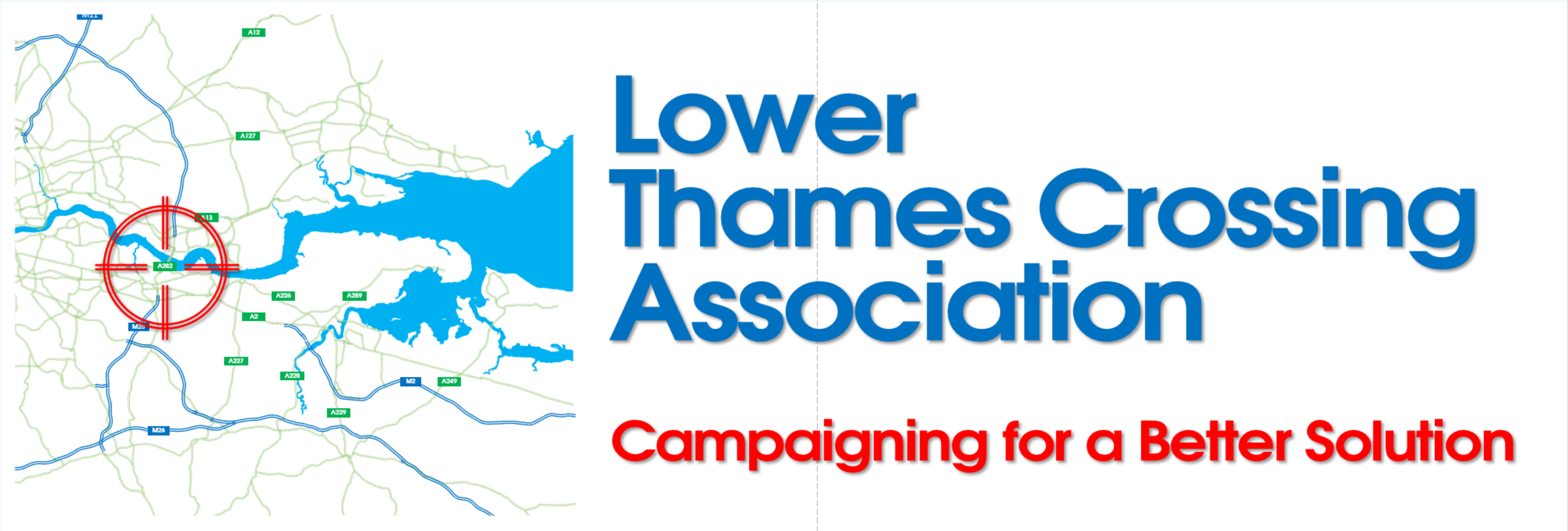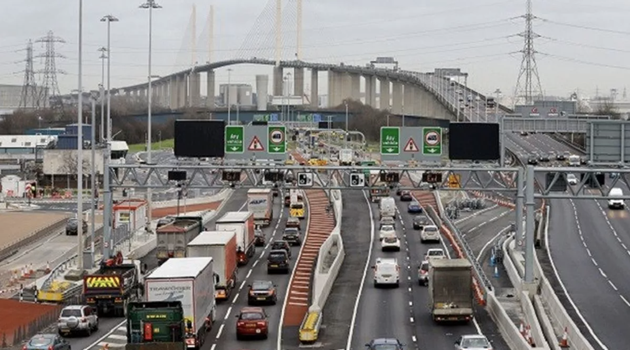Why Another Crossing?
Last Updated: August 9, 2025
Historical Background and Congestion:
The Dartford-Thurrock River Crossing, a critical link between Kent and Essex, has long faced capacity challenges. The crossing, which opened in 1963 with a single tunnel, expanded in 1980 with a second bore and again in 1991 with the Queen Elizabeth II Bridge. Despite these expansions, significant congestion persists, particularly during peak times, making it clear that additional capacity is needed to keep up with growing demand.
It is the only river crossing on the strategic road network to the east of London.
A full timeline of the Dartford-Thurrock River Crossing can be found at National Highways.
Although the Dartford Crossing is a vital part of the London Orbital motorway (M25), it was not designed to full motorway standards. The crossing’s undersized tunnels, multiple entry and exit slip roads, and the fixed 50mph speed limit on the southbound bridge create significant bottlenecks and disrupt traffic flow—issues rarely found on properly designed motorways. The northbound tunnels, being both aged and small by modern standards, require the escorting of abnormal and hazardous loads, further exacerbating congestion as all other traffic is held back. These design limitations, along with other factors, contribute significantly to delays and underscore the urgent need for a new crossing to improve traffic management and alleviate congestion.
In 2014/15, the Dartford Crossing carried up to 160,000 vehicles per day—18.5% more than its designed capacity of 135,000 vehicles per day. This level of overcapacity highlights the urgent need for additional infrastructure.
Government Studies and Recommendations:
In 2009, the Department for Transport (DfT) commissioned a study that confirmed the existing crossing’s capacity was insufficient to meet future demand. Various short- and medium-term measures were proposed, including toll plaza management strategies and free-flow charging systems. However, it was clear that a new crossing would be needed in the longer term.
Government Commitments:
In response to the congestion problems, the DfT committed to short-term measures like charge suspension protocols during severe congestion, as well as exploring long-term capacity solutions. The government’s Business Plan from 2012-2015 further reinforced this commitment, calling for an appraisal of options for significant new investments to alleviate pressure on the Thames crossings in the lower estuary.
Long-Term Vision and the Need for a New Crossing:
The 2009 study also considered alternatives, including rail and five road options, concluding that a new crossing adjacent to the existing one would be the most effective solution. However, the study raised the possibility of improving connectivity and resilience with a crossing in a different location, which could also provide better connectivity across the Thames.
The 2009 study concluded that a new crossing adjacent to the existing one would be the most effective solution to alleviate congestion and improve capacity. While alternatives, including rail and other road options, were considered, the study acknowledged the possibility of better connectivity and resilience with a crossing at a different location. However, the need for additional capacity remains clear.
While the government has given the green light to the Lower Thames Crossing, it’s important to fully understand the implications of this decision. The next page, “The Highways England Proposals,” delves into the specifics of the plans and why they fall short of addressing the true needs of the region. Read on to discover how these proposals miss the mark—and why a better, more effective solution is still needed.





